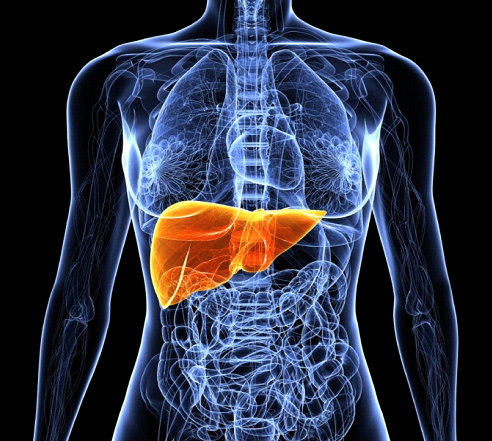Cirrhosis Symptoms, Causes, Diagnosis and Treatment

What Is Cirrhosis?
Liver performs some very important activities in a human body including the production of bile, production of proteins to help in clotting and transporting oxygen, storage of sugar and breaking fats. The most important function is the detoxification of harmful substances in the body. However, all these functions can be performed properly only if healthy liver tissues are present. Cirrhosis replaces these healthy tissues with scarred tissue. This happens due to a liver damage and therefore it is known as an advanced fibrosis of liver. Once damaged, the effects on liver cannot be reversed but further damage can be prevented through proper and early treatment.
What Are The Symptoms Of Cirrhosis?
When liver gets damaged too much, the following symptoms are likely to evolve:
- Nausea.
- Weariness.
- Easy bleeding.
- Itching.
- Swelling of legs.
- Poor appetite leading to weight loss.
- Drowsiness and confusion.
- Prominent spider-shaped blood vessels.
When these symptoms show up, victims must immediately seek medical attention because further scarring of liver tissue should be prevented.
What Causes Cirrhosis?
Inherited causes of cirrhosis include:
- Cystic fibrosis.
- Biliary atresia.
- Autoimmune hepatitis.
- Wilson’s disease.
- Alagille syndrome.
- Hemochromatosis i.e. development of iron in the body.
However, cirrhosis is not always inherited. It may also be caused due to the following factors:
- Hepatitis B and C.
- Primary biliary cirrhosis.
- Alcohol abuse.
- Nonalcoholic fatty liver disease.
- Primary sclerosing cholangitis.
- Schistosomiasis.
Knowing the cause is very necessary to treat cirrhosis properly.
What Are The Complications Of Cirrhosis?
Cirrhosis can lead to several complications if left untreated including:
- Swollen abdomen.
- Swollen legs.
- Splenomegaly i.e. enlarged spleen.
- Malnutrition.
- Jaundice.
- Bacterial peritonitis.
- Bone disease.
- Bleeding.
- Liver cancer risk.
- Bile duct stones.
- Hepatic encephalopathy.
Dealing with cirrhosis at an early stage can help prevent complications from evolving.
How Is Cirrhosis Diagnosed?
It is unlikely to diagnose cirrhosis through observation of symptoms at an early stage. However, regular checkups or blood tests usually indicate cirrhosis for the first time. To eliminate doubts, the following laboratory and imaging tests may be used:
- Kidney function.
- Liver function.
- Blood clotting.
- Hepatitis B and C test.
- Magnetic resonance imaging or MRI.
- Ultrasound.
- Liver tissue biopsy to determine the stage of liver damage.
- Magnetic resonance elastography.
One or more of these tests are required to get a clear view on cirrhosis. Some of these are also used to diagnose complications.
How Is Cirrhosis Treated?
Since liver scarring is irreversible, no treatment can eliminate cirrhosis completely. However, several treatment methods will depend on the damage caused to the liver and the reason for liver damage. The following are used to eliminate or control the underlying cause:
- Losing weight.
- Hepatitis B and C controlling medications.
- Therapies to minimize alcohol usage.
On the other hand, the following are generally used to deal with the complications:
- Treating portal hypertension using blood pressure medicines.
- Draining out excess fluids from the body.
- Antibiotics to treat underlying infections.
- Medications to eliminate toxins in blood.
- Liver transplant surgery when everything else fails.
By : Natural Health News




